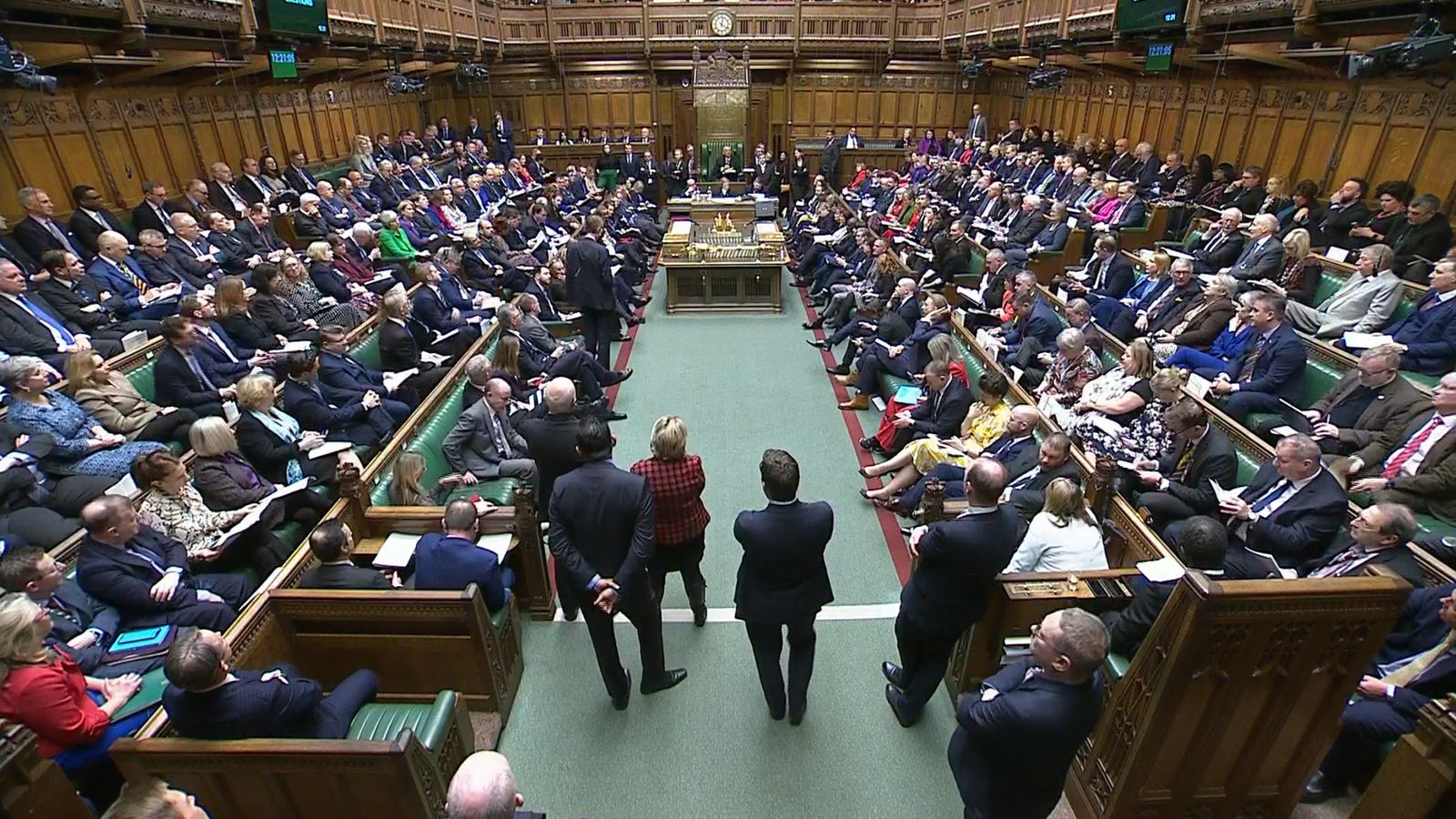Black Friday bargain hunters shattered online shopping records, with nearly $10 billion spent online as consumers desperate for deals largely opted to avoid chaotic crowds.
Buyers spent a record $9.8 billion online Friday, up 7.5 percent from $9.12 billion the day after Thanksgiving 2022, according to Adobe Analytics, which analyzes e-commerce transactions.
Electronics like smart watches, televisions and Bluetooth headphones were hot ticket items.
Other favorites were Barbie Fashionistas dolls, Mini Brands toys, cordless and robot vacuums, cookware, skincare and coffee makers.
While consumers are breaking records, they are not looking to break the bank with inflation fears at a 12-year high and average goods and services still far pricier than in recent years.
In the past week, 72% more shoppers used “buy now, pay later” flexible payment options, like Klarna and Afterpay, than the week prior, Adobe reported.
Smarter shopping trends include cross checking prices on apps and websites to get the best value,said Mastercard senior advisor Steve Sadove.
On Thanksgiving day, shoppers gobbled up $5.6?billion in online goods, breaking the record for Turkey Day and paving the way for Black Friday.
Adobe reported that e-commerce prices have fallen over the last 14 months.
The decline in online prices over the last year has created a favorable environment for consumers with strong discounts this season that are tempting even the most price conscious consumers,” said Vivek Pandya, lead analyst of Adobe Digital Insights.
The e-commerce platformShopify reported a record $4.1 billionin sales for the merchants worldwide that use its services, up 22% from last year.
New York, Los Angeles and San Francisco were the top selling US cities for online shoppers buying from companies that use Shopify. Noon was the busiest time for them and average carts totaled $124. Most of the purchases were made on mobile devices.
Multiple sporting events aired on Friday,including the first-ever NFL Black Friday game —a disheartening loss for the Jets— on Amazon Prime Video, giving patrons yet another reason to participate from the couch.
In-store sales crept up just 1.1% over last year, according to the Mastercard SpendingPulse report, which measures in-store and online sales across all forms of payment. Clothing and jewelry topped wish lists, the report said.
Reports noted that crowds at malls were subdued, but Macys and Walmart executives did notice more traffic than last year.
It has started out well, but its too early to call, Macys CEO Jeff Gennette told the Wall Street Journal. Just because you have a great Black Friday doesnt mean you have a great holiday season.
Retailers slashed seasonal hiring, ordered fewer goods for this holiday season and pushed sales in October and November, reducing the incentive to head to the malls on Black Friday.
The early sales enabled shoppers to spread out spending, yet many are expected to wait until the last minute for the best deals possible, experts note.
And it could pay off — stores will likely discount throughout the season to avoid getting stuck with extra inventory after the holidays.
Consumers are resisting impulse buys and splurges as savings dwindle, credit card debt grows and inflation and high interest rates persist.
Prices were up 18.2% in October this year compared to October 2020, according to the inflation figures.
Shoppers in the Big Apple opted for affordability over luxury on Black Friday, The Post reported.
People are more value conscious, said Barbara Kahn, a professor at The Wharton School at University of Pennsylvania. People are spending, but theyre spending more conservatively.
Despite the record spending to start the season, holiday spending in the US is expected to rise at the slowest pace in five years.
Shoppers have an average budget of $875 for holiday purchases, $42 more than last year.
Clothes, gift cards and toys at the top of most shopping lists, according to a survey by the National Retail Federation
Adobe expects Cyber Week — Thanksgiving to Cyber Monday — to generate?$37.2 billion online, up?5.4% from last year and representing 16.8% of the whole holiday?season.
Cyber Monday is expected to remain the?seasons and years?biggest online shopping day, with spending of $12 billion forecast, up 6.1% from 2022.
With Post Wires








